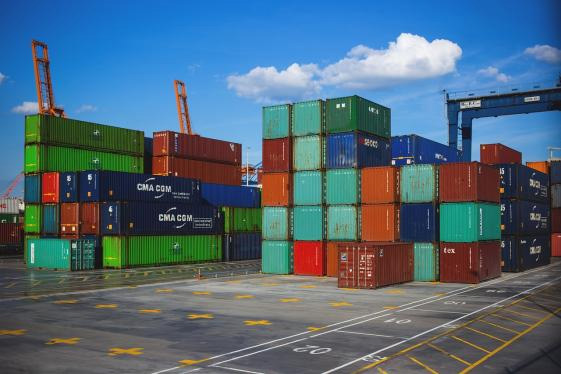
As the US–China trade dispute continues to reshape global supply chains, we are witnessing a major shift in shipping patterns—and it's impacting the refractory materials industry in a big way.
Rerouted Trade Lanes
Chinese exporters are increasingly turning to Europe, Southeast Asia, and South America as alternative trade partners. This shift is boosting cargo volume along routes like China–EU and China–Brazil, and leading to capacity adjustments in global shipping networks.
Rate Pressure on Trans-Pacific
With reduced volumes on the China–US lane, carriers are struggling with overcapacity, driving downward freight rate pressure and route consolidation.
Rising Costs Elsewhere
Meanwhile, demand spikes on substitute lanes—such as South America to Asia, especially for bulk materials like grain and minerals—are pushing freight rates higher.
Container Imbalance Creates Friction
A drop in China–US container demand is causing empty container buildup at US ports, while emerging lanes face shortages, increasing logistics and repositioning costs.
Impact on Refractory Materials Trade
For suppliers like us specializing in Silicon Carbide, Fused Magnesia, Tabular Alumina, and High Alumina Cement, these changes affect not just shipping schedules, but also pricing strategies, warehousing plans, and regional inventory planning.
We are actively adapting our logistics solutions and exploring multi-route delivery strategies to better serve our partners in Europe, Brazil, and Southeast Asia. Flexibility is key in today’s evolving global trade environment.
Let's connect if you’re sourcing industrial refractory raw materials and looking for a reliable partner that understands both product quality and global shipping dynamics.
